The 32 Most Iconic Celebrity Hair Moments: An Expanded Look at Legendary Styles
Celebrity hairstyles have long influenced fashion trends, personal style, and even cultural movements. While stars constantly change their looks, there are certain signature hair styles that become forever linked to their image. From Marilyn Monroe’s platinum curls to David Bowie’s flaming red Ziggy Stardust cut, these iconic looks transcend time and continue to inspire generations of fashion enthusiasts.
What makes a hairstyle truly iconic? Sometimes it’s the perfect marriage of personality and presentation—a look that captures the essence of a star’s public persona. Other times, these hairstyles represent personal transformations, acts of rebellion, or artistic expressions that challenge beauty standards. Many iconic styles began as character choices for films or performances before becoming inseparable from the celebrity’s identity.
Let’s explore these legendary hair moments that have made fashion history, examining not just their aesthetic appeal but also the cultural impact they’ve had over the decades.
Grace Jones’ Geometric Flat Top
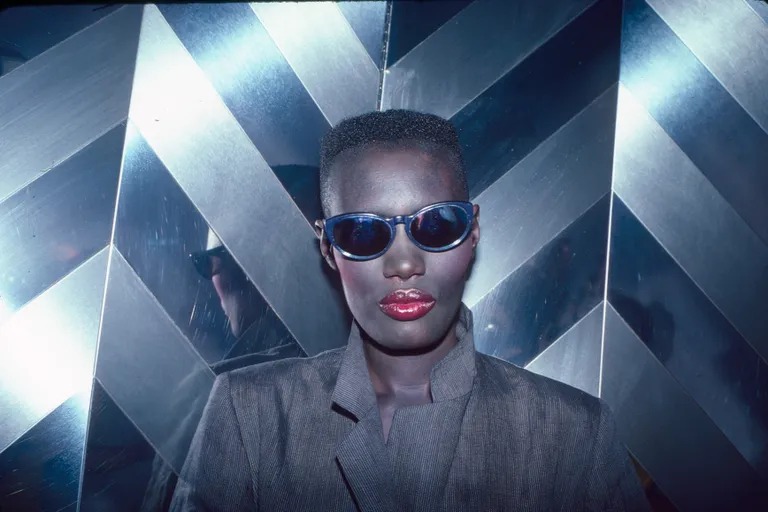
Model, singer, and actor Grace Jones never followed conventional beauty standards, consistently pushing boundaries with her avant-garde appearance. Her geometric, architectural flat top became her signature, presenting a bold silhouette that complemented her angular features and commanding presence. This dramatic style reached peak recognition during her role in the James Bond film “A View to a Kill,” where the sharp edges of her flat top perfectly embodied her character’s dangerous precision.
Jones’ hair wasn’t just a style choice—it was a statement about gender, power, and artistic expression that influenced countless artists across music, fashion, and visual arts. The precision-cut style required significant maintenance but created an unmistakable silhouette that helped cement her status as a cultural icon who defied categorization.
Louise Brooks’ Blunt Bob

There’s blunt, and then there’s the razor-sharp precision of Louise Brooks’ signature bob. This silent film star popularized the style at the height of her career in the 1920s and ’30s, creating a look now synonymous with the flapper era. Brooks’ sleek, black bob with sharp, straight bangs framed her face perfectly and created a dramatic contrast with her fair skin.
What made this style so revolutionary was its deliberate rejection of the long, flowing locks that had defined femininity for generations. The bob represented the modern woman—independent, daring, and unafraid to break with tradition. Nearly a century later, variations of this classic 8-inch style continue to appear on fashion runways and red carpets, proving the timeless appeal of this groundbreaking look.
Felicity’s Natural Curls
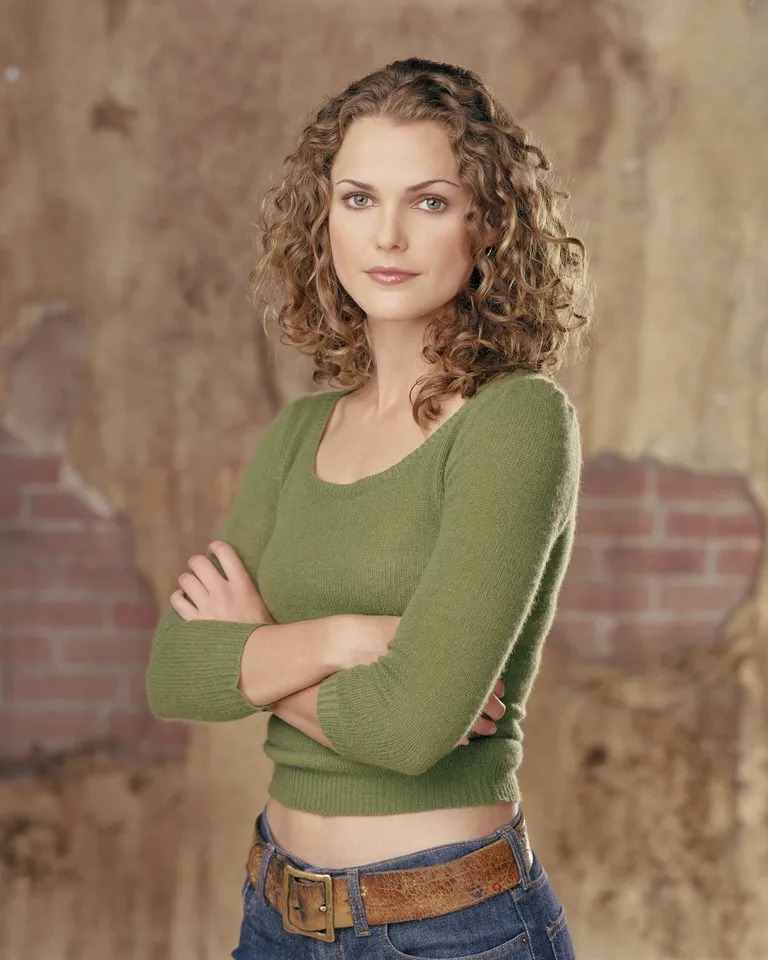
While many fans remember the controversial haircut that followed, Keri Russell’s gorgeous natural curls in the early seasons of “Felicity” deserve celebration. Her voluminous, bouncy curly hair became a defining characteristic of both the actress and her character, offering a refreshing departure from the pin-straight styles that dominated 1990s television.
The flowing, shoulder-length curls conveyed a sense of authenticity and approachability that perfectly suited the character’s journey of self-discovery. When the character famously cut her hair in season two (causing ratings to plummet), it became one of television’s most talked-about style transformations. Today, Russell’s “Felicity curls” remain a touchstone for natural hair embracement and a reminder of how a signature style can become an essential part of a character’s identity.
Veronica Lake’s Mysterious Waves
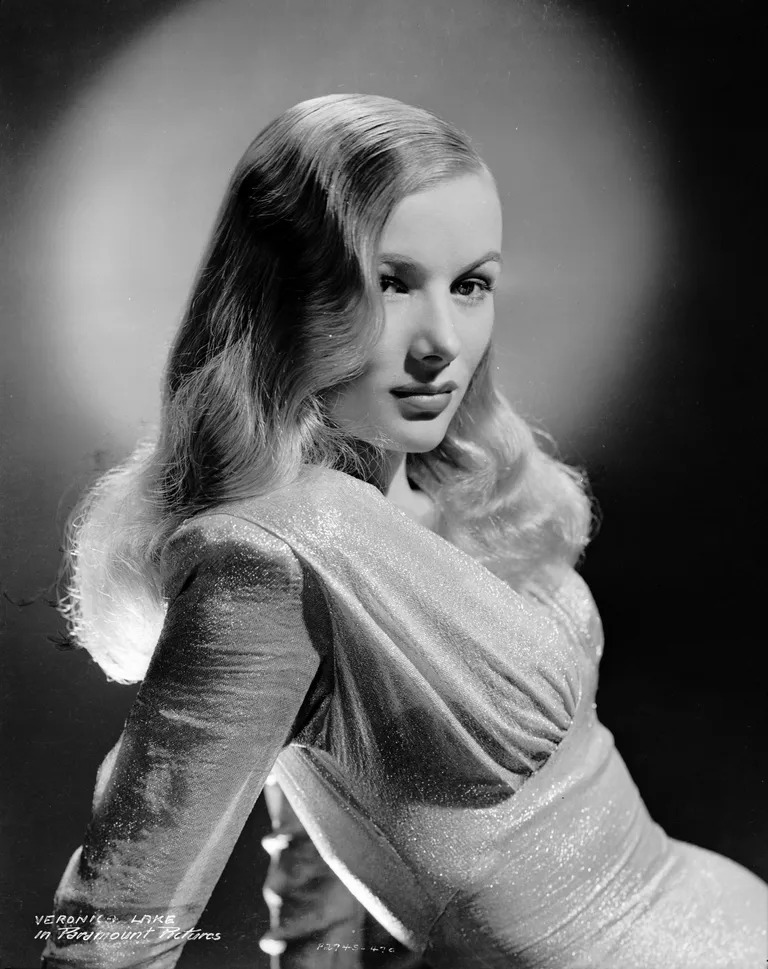
Veronica Lake’s signature look—her shiny, blonde waves cascading over one eye—became known as the “peek-a-boo” or “one-eyed hairdo.” This glamorous style defined the actress’s mystique in films throughout the 1940s and became one of Hollywood’s most recognizable looks. The wavy hair created an air of mystery and allure that perfectly complemented Lake’s femme fatale screen persona.
Interestingly, Lake patriotically modified her famous style during World War II, pinning it back in a more practical updo. This change was specifically made to encourage women working in war factories to wear safer hairstyles that wouldn’t get caught in machinery. This pragmatic adaptation showed how even iconic styles sometimes yield to practical considerations, though Lake returned to her signature waves after the war.
Carrie Bradshaw’s Free-Spirited Curls
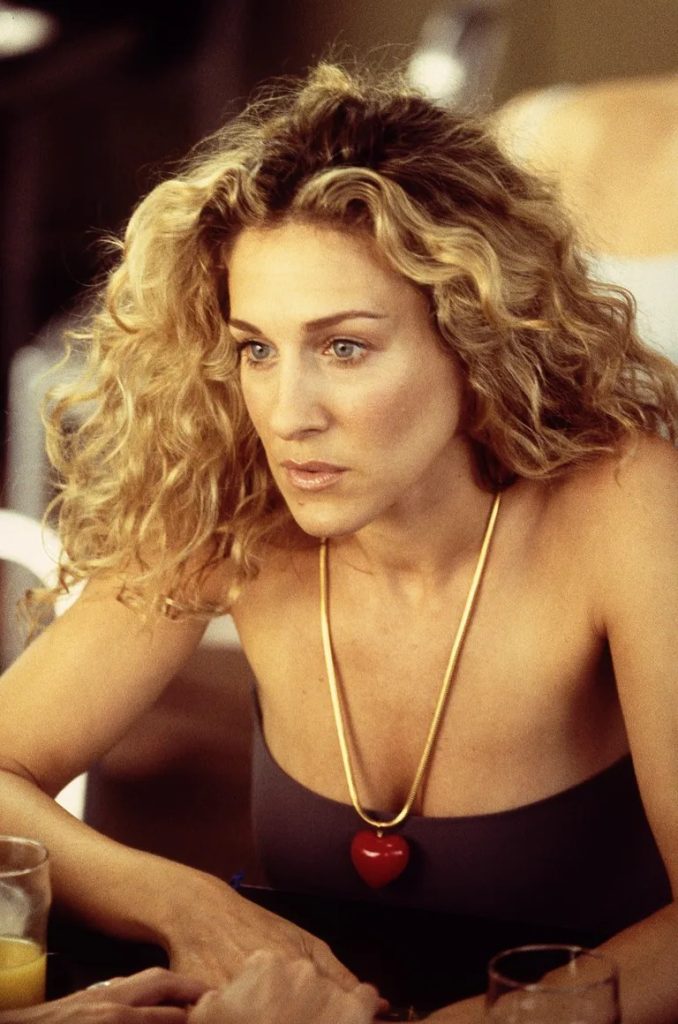
Sarah Jessica Parker’s character in “Sex and the City” sported a variety of hairstyles throughout the series, but her signature wild, untamed curls became synonymous with Carrie Bradshaw’s free-spirited personality. In an era dominated by sleek, straightened hair, Carrie’s bouncy, voluminous curls offered a refreshing alternative that celebrated natural texture.
The evolution of Carrie’s hair mirrored her character development—sometimes more controlled and sophisticated, other times wild and unpredictable. For many women with natural curls who had spent years fighting their texture, Carrie’s glamorous curly style provided much-needed representation and inspiration, showing that embracing your natural hair could be both fashionable and empowering.
Victoria Beckham’s Precision Lob

The former Spice Girl’s sharp, angular bob (often called the “Pob”—Posh bob) became her signature look during the early 2000s. The precision-cut style featured dramatic angles with longer front pieces that framed her face and gradually shortened toward the back, creating a sleek, sophisticated silhouette that perfectly complemented Victoria Beckham’s transition from pop star to fashion designer.
What made this lob (long bob) so distinctive was its immaculate maintenance—not a hair out of place, with a glass-like shine that became Beckham’s trademark. Though she later experimented with softer, more layered variations, this architectural haircut helped establish her reputation for impeccable style and attention to detail that would later define her fashion empire.
Sia’s Identity-Concealing Wig
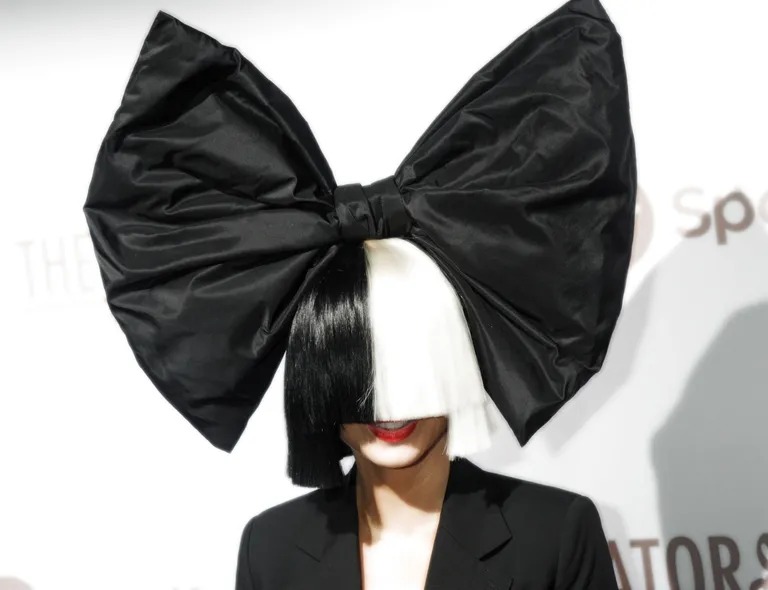
Australian singer Sia’s oversized platinum blonde wig with blunt bangs became much more than a hairstyle—it evolved into a conceptual art piece and a commentary on fame itself. The distinctive half-black, half-white wig allowed her to maintain privacy while still performing, creating a visual signature that was instantly recognizable without revealing her face.
In interviews, Sia has explained that the wig serves multiple purposes—protecting her privacy, adding a layer of theatrical performance to her appearances, and creating a distinctive brand identity. This strategic use of a hairpiece demonstrates how a wig can be more than just an aesthetic choice but also a powerful tool for controlling one’s public image and creating artistic mystique.
David Bowie as Ziggy Stardust

David Bowie’s flaming red, spiky hairdo as Ziggy Stardust remains one of music’s most revolutionary hair transformations. Created by hairstylist Suzi Ronson (who worked with Bowie’s mother), the vibrant red style helped bring his alien rock star persona to life. This dramatic choice was no casual style decision—Ronson reportedly experimented extensively with samples of Bowie’s hair to perfect the color before creating the final look.
The androgynous, futuristic style perfectly embodied Ziggy’s otherworldly character while challenging conventional notions of masculinity and beauty. More than just a haircut, the Ziggy look became a cultural touchstone that influenced generations of artists across multiple disciplines and demonstrated how a hairstyle could be an integral part of a larger artistic vision and performance.
Shirley Temple’s Perfect Ringlets
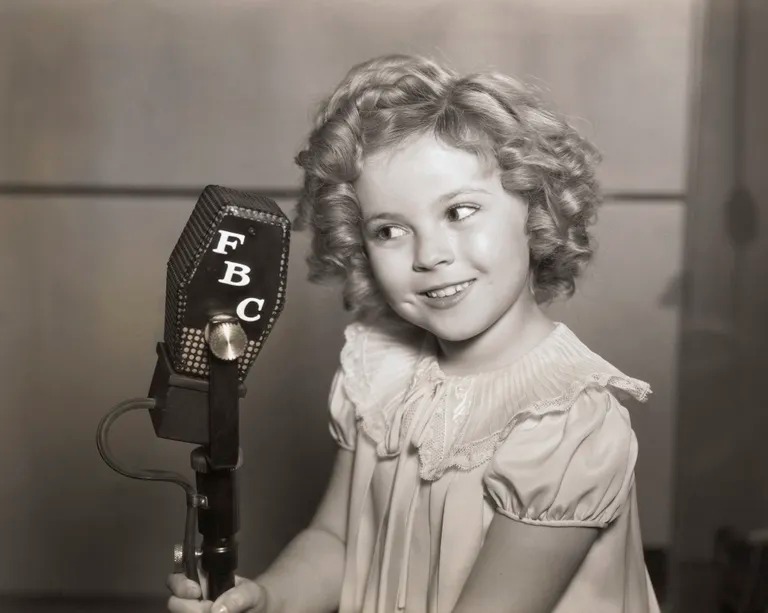
The tight, bouncy ringlets that framed Shirley Temple’s face became her signature look as Hollywood’s most famous child star. These perfectly formed curls created an angelic appearance that enhanced her charming performances and helped establish her as America’s sweetheart. While many assume her curls were natural, Temple’s hair was actually straight and required extensive styling to create those iconic ringlets.
The “Shirley Temple curls” became so iconic that they’ve entered our cultural lexicon—anyone with tight ringlets has likely heard the comparison. The style represented childhood innocence and a kind of perfection that aligned with Temple’s polished performances. The meticulous nature of these curls—each one precisely placed—reflected the carefully constructed image of child stars during Hollywood’s golden age.
Ariana Grande’s High Ponytail
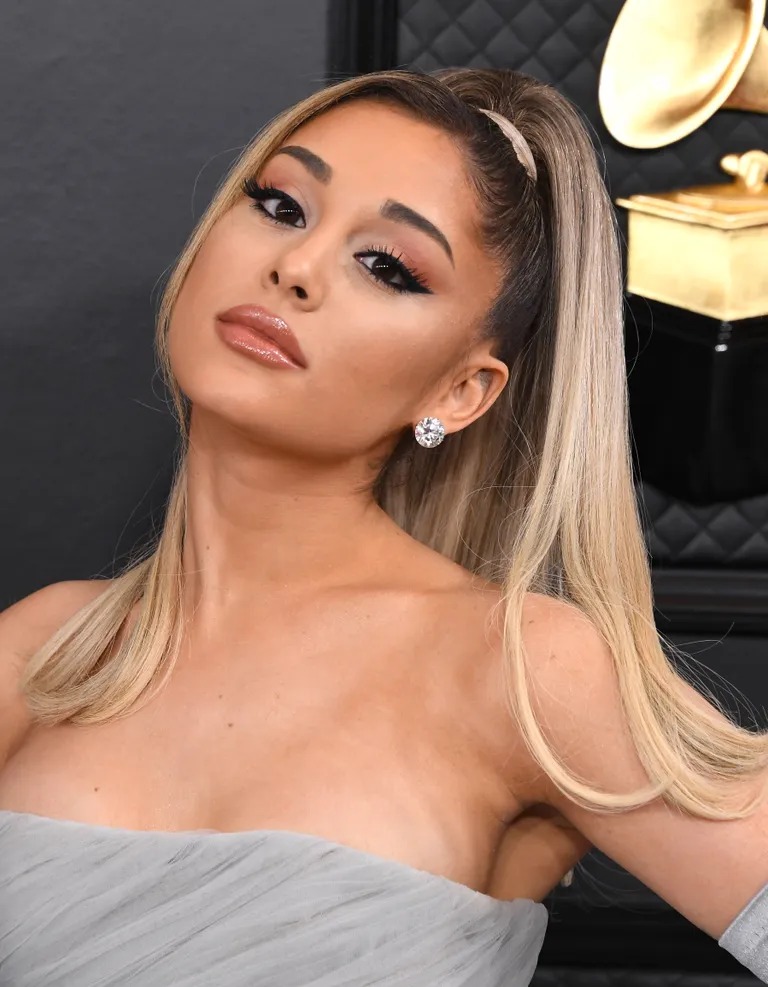
Ariana Grande’s sleek, high ponytail has become her most recognizable feature, evolving from a practical solution to a signature style. Grande has explained that she originally adopted the ponytail because her hair was severely damaged from years of dyeing it red for her Nickelodeon roles. What began as a way to conceal damage became an iconic look that she’s maintained throughout much of her career.
The ponytail has evolved over time—sometimes higher, sometimes longer, occasionally adorned with accessories—but remains instantly recognizable as “Ariana’s ponytail.” This style demonstrates how sometimes the most iconic looks emerge not from careful planning but from practical necessity, eventually becoming inseparable from a celebrity’s public image.
Julia Roberts’ Vibrant Red Curls
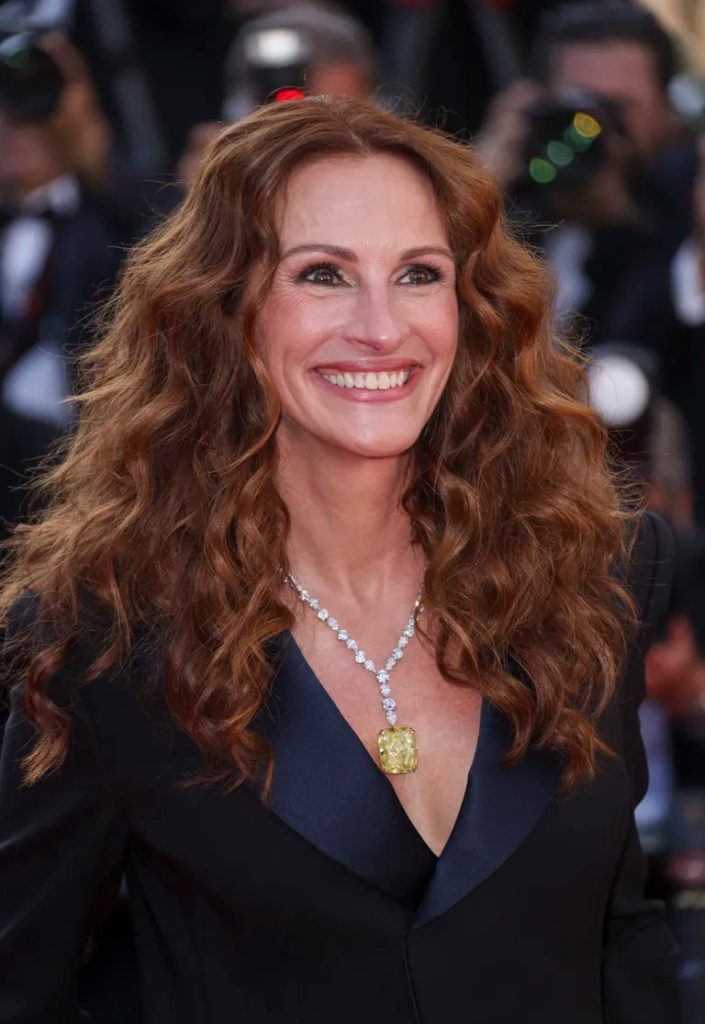
When Julia Roberts removed her blonde wig in “Pretty Woman” to reveal a cascade of vibrant auburn curls, she created one of cinema’s most memorable hair reveals. The voluminous, natural-looking red curls perfectly complemented her radiant smile and became one of her most recognizable features throughout the ’90s.
Though Roberts has experimented with many colors and styles throughout her career, her return to these rich red curls always feels like coming home. The warmth and vitality of this look enhanced her approachable charm on screen and helped establish her as “America’s sweetheart.” This style demonstrates how the right hair color and texture can amplify a performer’s natural charisma and become an essential element of their star power.
Twiggy’s Androgynous Pixie

In the 1960s, model Twiggy’s ultra-short pixie cut helped define an entire era of fashion. The closely cropped style, with its side-parted precision and face-framing elements, perfectly showcased her delicate features and famous eyelashes. This dramatic departure from the long, voluminous styles of the previous decade represented the youthful revolution happening in fashion and society.
The androgynous quality of Twiggy’s 6-inch cut challenged traditional beauty standards while celebrating a new kind of feminine aesthetic—one that was modern, independent, and refreshingly unconventional. The style’s influence extended far beyond the modeling world, inspiring countless women to embrace shorter cuts and a more streamlined approach to beauty.
Anna Wintour’s Unchanging Bob

Few hairstyles have remained as consistent as Anna Wintour’s perfectly maintained bob with signature bangs. The Vogue editor-in-chief has maintained essentially the same cut since the 1980s, with only minor variations. This unwavering commitment to a singular style has made her silhouette instantly recognizable worldwide.
Wintour has admitted that she sticks with this classic bob style because the one time she attempted to change it was a “disaster.” Her loyalty to this precise, polished cut reflects her approach to fashion—decisive, consistent, and uncompromising. The style has become so synonymous with her identity that it’s difficult to imagine her with any other look—a testament to finding the perfect cut that complements both one’s features and personality.
Meg Ryan’s Textured Shag
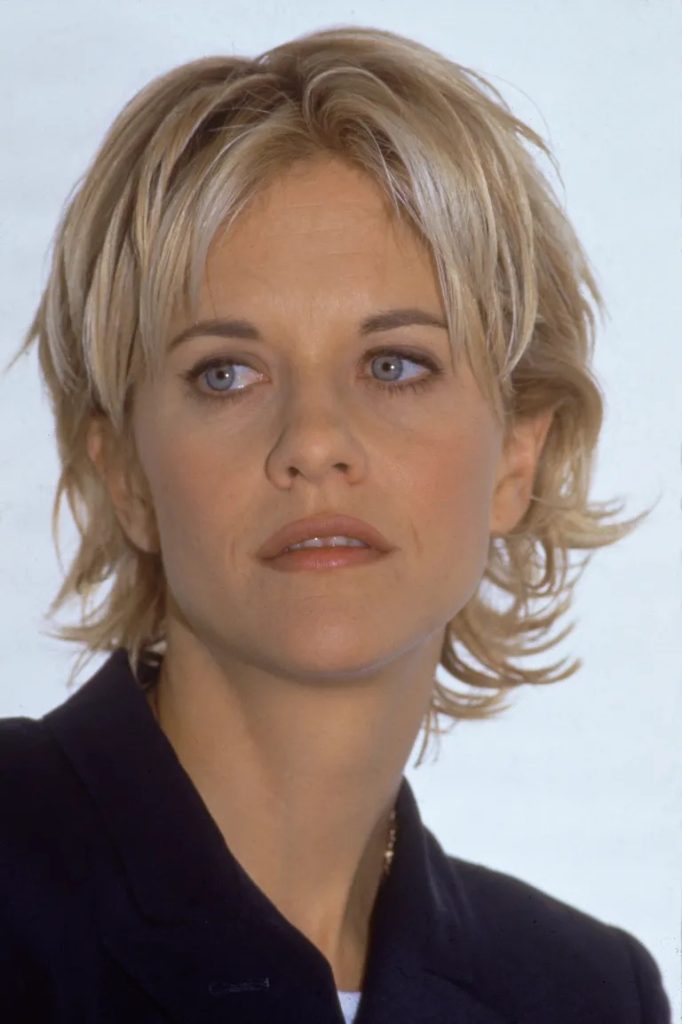
Meg Ryan’s tousled, layered cut in the 1990s became the haircut everyone wanted to copy. Often described as a “bixie” (combining elements of a bob and pixie), the style featured short, choppy layers that created volume and movement. This effortlessly disheveled look perfectly matched Ryan’s on-screen persona—approachable, relatable, and naturally charming.
The cut first debuted in the 1995 film “French Kiss” and continued to evolve throughout her romantic comedy career. What made this style so revolutionary was how it embraced a kind of “perfectly imperfect” aesthetic—it looked casual and lived-in rather than overly styled. This 10-inch layered cut inspired countless imitations and remains a touchstone for stylists creating modern, textured looks today.
Billie Eilish’s Neon Roots

While Billie Eilish continually evolves her look, her signature neon green roots with black ends created a distinctive visual identity during her rise to fame. This bold color choice became inseparable from her early musical aesthetic and represented her willingness to challenge conventional beauty standards.
When fans questioned her commitment to this unusual color combination, Eilish defended it as a sign of her improved mental health, explaining that maintaining the same hair color for an extended period reflected her “mental stability.” This candid connection between hair choices and emotional wellbeing resonated with many young fans. Her willingness to embrace unconventional hair color choices has inspired a generation to experiment with bold self-expression through their appearance.
Tina Turner’s Empowering Tease
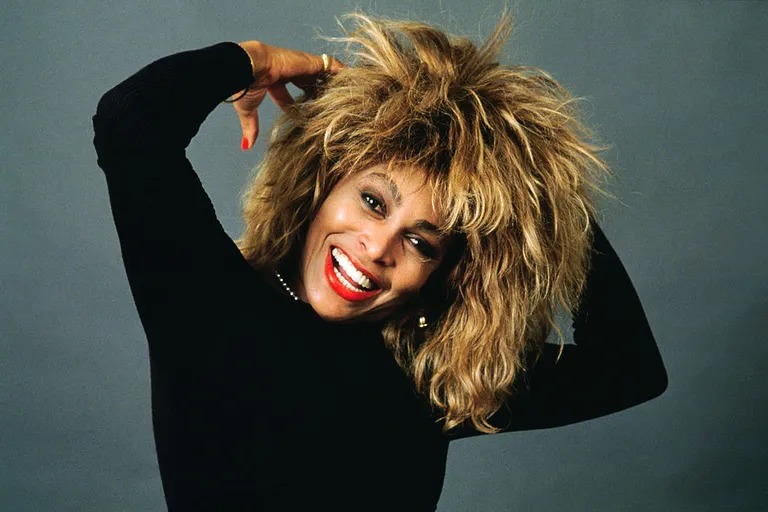
Tina Turner’s iconic spiky, voluminous hairstyle became a powerful symbol of her reinvention after leaving her abusive marriage. Often described as a “mega mullet,” this dramatic, textured style with its impressive height and movement became an essential element of her electrifying stage presence during her 1980s comeback.
Hair historians have noted that this bold style represented Turner reclaiming her power and creating a new identity—the hair served as “visual shorthand” for her personal transformation. The voluminous, structured style complemented her energetic performances and projected strength and confidence. This 12-inch wonder became more than just a hairstyle; it was armor and a declaration of independence that helped define one of music’s greatest comeback stories.
Joan Jett’s Rebellious Shag
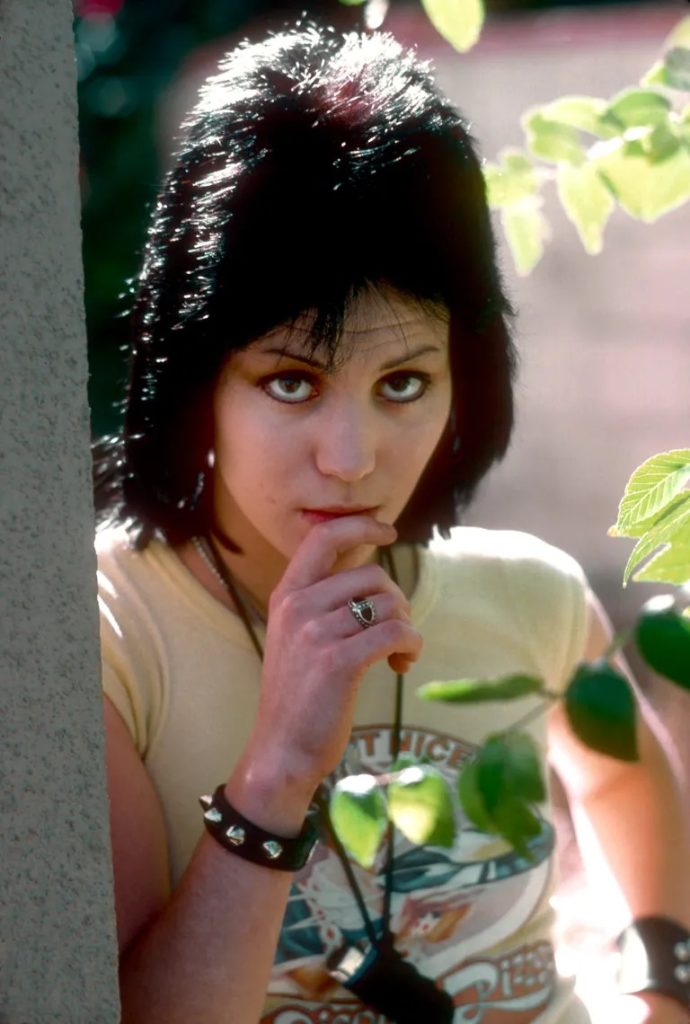
Joan Jett’s signature black, shaggy cut helped define the look of women in rock. Often misidentified as a mullet, her style was actually a textured shag with choppy layers and a rock-and-roll attitude. This edgy look perfectly complemented her rebellious music and tough persona in the male-dominated world of rock music.
Jett has revealed that she was inspired by the likes of Keith Richards and David Bowie when creating her signature style, which she initially cut herself. The deliberately messy, androgynous quality of this 14-inch cut challenged conventional femininity and created a template for rock authenticity that influenced generations of musicians. The style’s enduring appeal lies in its effortless cool—it looked like she simply didn’t care, which was precisely the point.
Sinead O’Connor’s Powerful Buzz Cut

Sinead O’Connor’s completely shaved head created one of music’s most striking visual identities. Far from being merely an aesthetic choice, O’Connor’s buzz cut carried deep personal significance. She later explained that she adopted this radical style in response to childhood trauma, specifically her mother’s insistence that O’Connor was less attractive than her sister.
“That’s why I cut my hair off. I didn’t want to be pretty,” O’Connor revealed, transforming what could have been seen as an act of rebellion into a profound statement about beauty standards and personal healing. This radical rejection of conventional femininity made her stand out in the music industry and created an unforgettable visual that perfectly complemented her raw, emotional performances. Her courage in embracing this minimalist style inspired many to see beauty beyond traditional definitions.
Mia Farrow’s Delicate Pixie
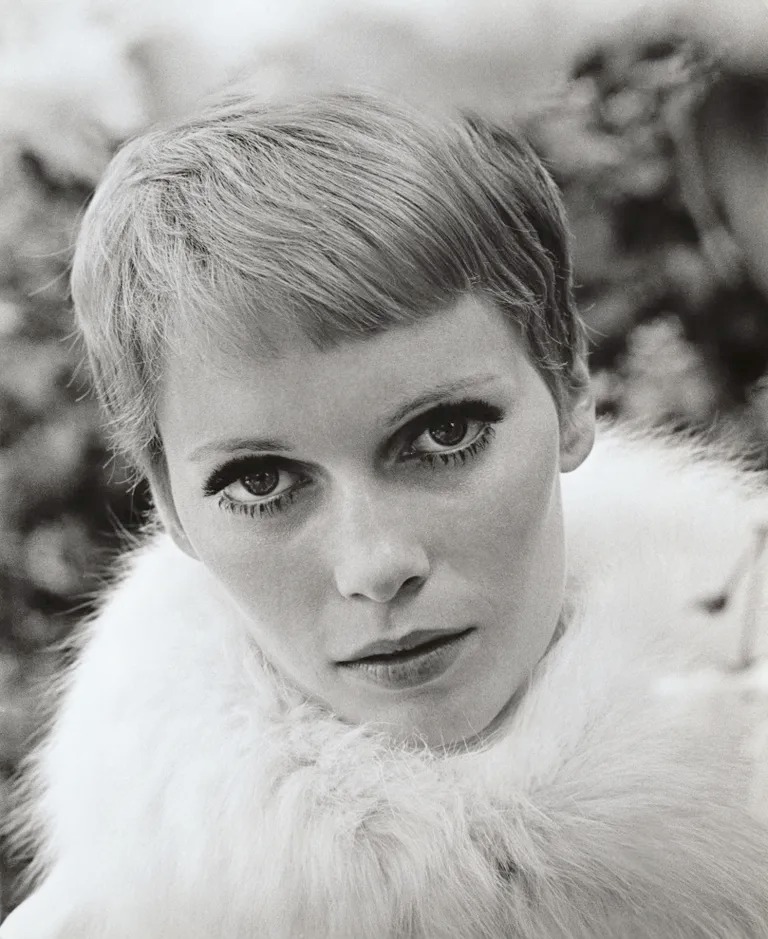
Mia Farrow’s elfin pixie cut in “Rosemary’s Baby” became one of cinema’s most influential hair moments. Though rumors suggested Roman Polanski had demanded the dramatic chop for the role, Farrow has clarified that she cut it herself with fingernail scissors before filming began. Her then-partner Frank Sinatra reportedly loved the look, encouraging her to maintain the style.
The vulnerability and innocence conveyed by this ultra-short cut perfectly suited her character’s journey in the film. The style highlighted Farrow’s delicate features and large eyes, creating a fragile appearance that contrasted dramatically with the horror elements of the story. This pixie cut continues to inspire similar styles today, demonstrating how a dramatic hair transformation can enhance storytelling and create an enduring visual legacy.
Cher’s Ultra-Long Strands
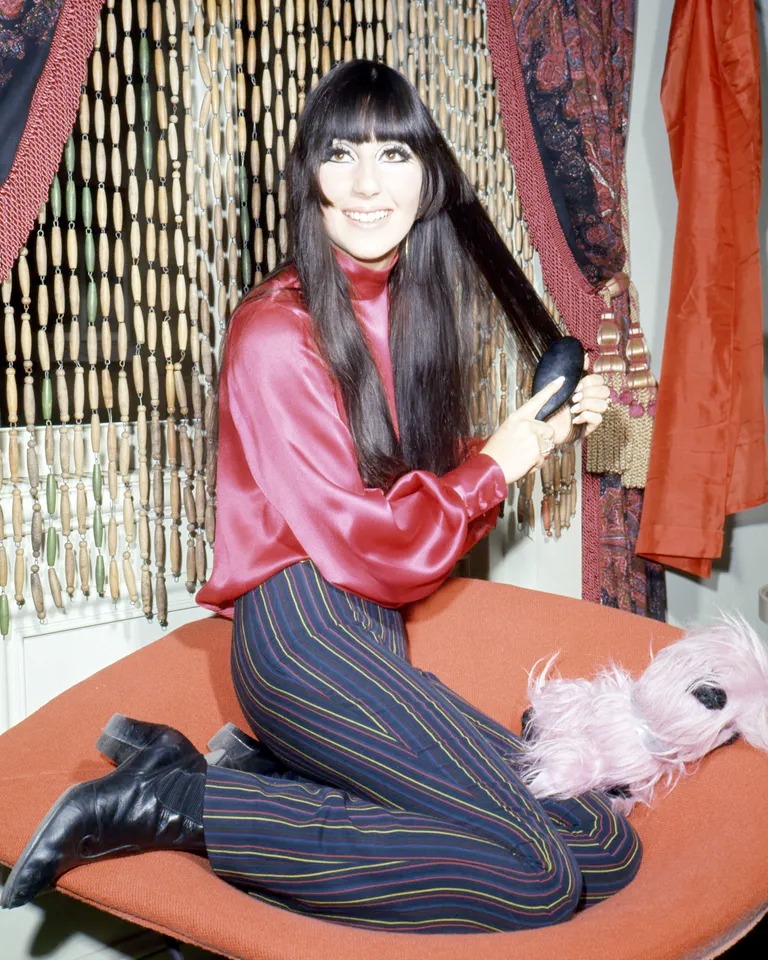
Throughout her decades-spanning career, Cher has experimented with countless hairstyles, but her signature look remains the dramatically long, poker-straight black hair that became her trademark in the 1970s. This sleek, center-parted style created a striking silhouette that perfectly complemented her bold fashion choices and strong features.
What began as experimentation in the ’60s—cutting off the front edges for an alternative to traditional bangs—evolved into the glamorous 30-inch statement hair that became inseparable from her image. The contrast between the jet-black color and her outfits created a distinctive look that influenced generations of performers. This signature style has become so associated with Cher that it’s now instantly recognizable, even in silhouette form.
Amy Winehouse’s Towering Beehive

Amy Winehouse’s enormous beehive combined with her thick cat-eye liner created one of the most recognizable looks in modern music history. In its early incarnation, this voluminous style was created using her own hair through extensive backcombing. As her career progressed, she incorporated hairpieces to achieve the dramatic height she desired.
Her hairstylist Tracey Cahoon has revealed that the increasingly elaborate beehive partly addressed Winehouse’s hair loss issues, transforming a potential vulnerability into a signature strength. The retro-inspired style perfectly complemented her vintage musical influences and created a visual shorthand for her artistic identity. This dramatic hair extension look has become so associated with Winehouse that it continues to represent her legacy even years after her passing.
Alicia Keys’ Protective Styles
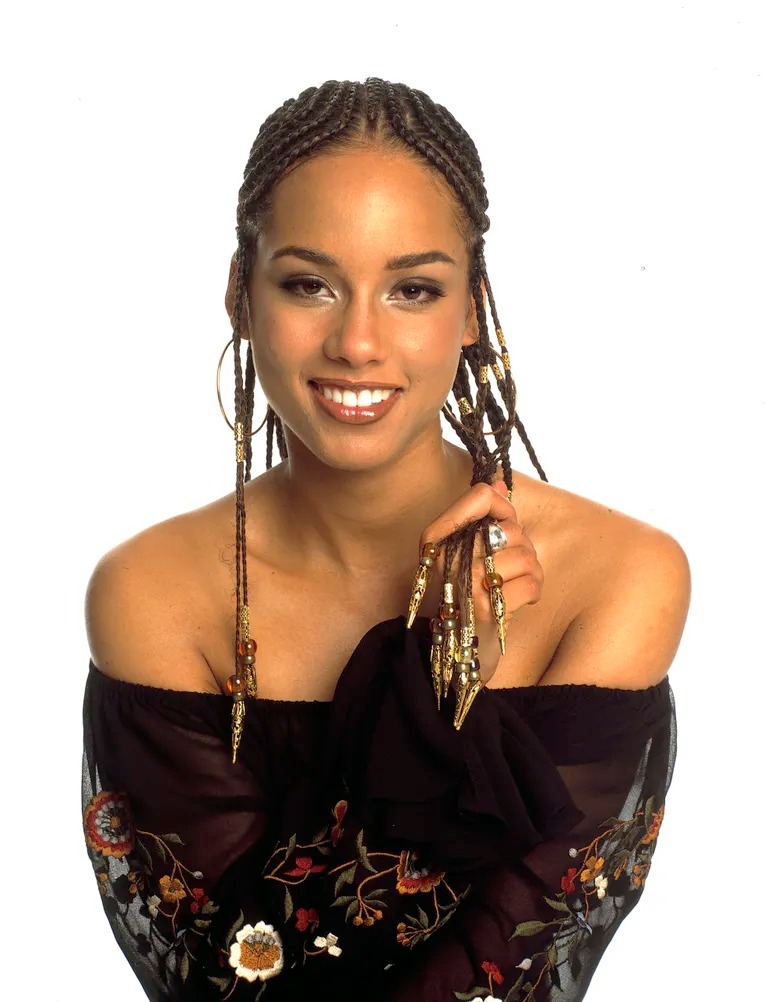
Throughout her career, Alicia Keys has showcased a variety of stunning protective styles, beginning with the Fulani braids she wore in her breakthrough “Fallin'” video. These intricate braided styles not only honored Black hair traditions but also brought them into mainstream visibility, celebrating their beauty and cultural significance.
Keys has continued to explore different protective styling techniques throughout her career, from elaborate braids to beaded looks that incorporate colorful elements. Her commitment to showcasing these styles on major platforms has helped normalize and celebrate traditional Black hairstyling techniques in entertainment and fashion. More than just aesthetic choices, these styles represent cultural heritage and have inspired many to embrace protective styling as both practical and beautiful.
Brigitte Bardot’s Tousled Volume
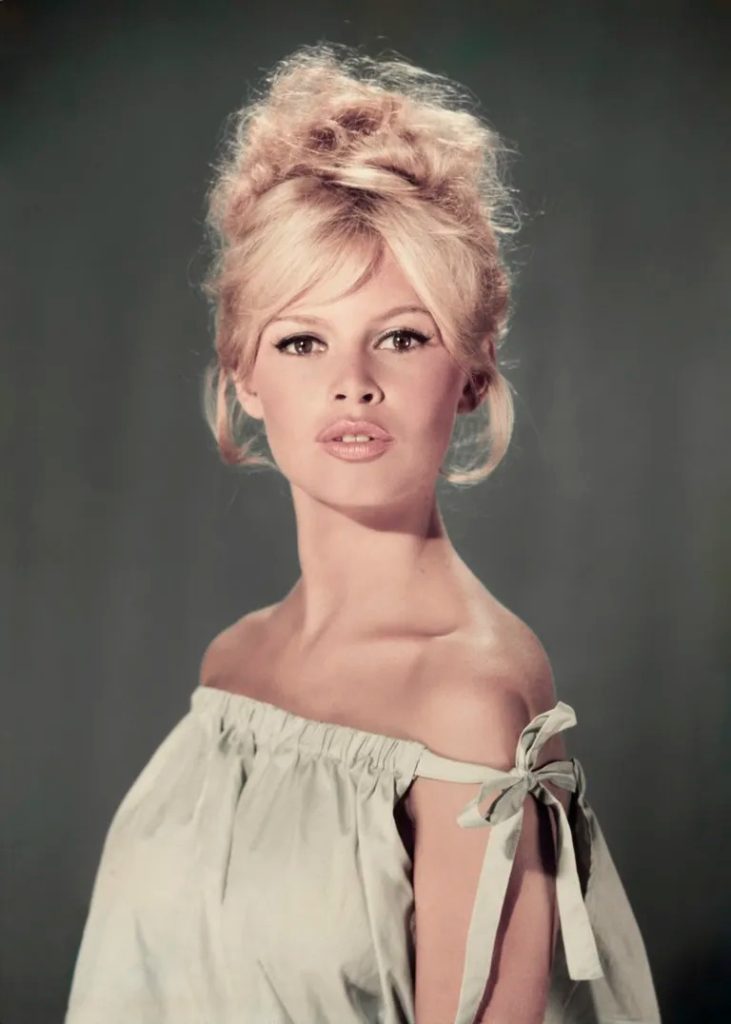
Brigitte Bardot’s signature disheveled updo created a new template for sexy, effortless glamour. Unlike the perfectly coiffed beehives of her contemporaries, Bardot’s style featured deliberately messy volume at the crown with soft, face-framing pieces that created a “just rolled out of bed” sensuality that revolutionized beauty standards in the 1960s.
The French actress and model’s tousled 16-inch locks—whether worn half-up, completely up, or flowing freely—conveyed a carefree attitude that contrasted with more structured styles of the era. The seemingly effortless volume at the crown became known as “Bardot hair” and continues to influence contemporary styling. This look’s enduring appeal lies in its accessible imperfection—it appeared achievable yet remained distinctively glamorous.
Jackie Kennedy’s Sophisticated Bouffant
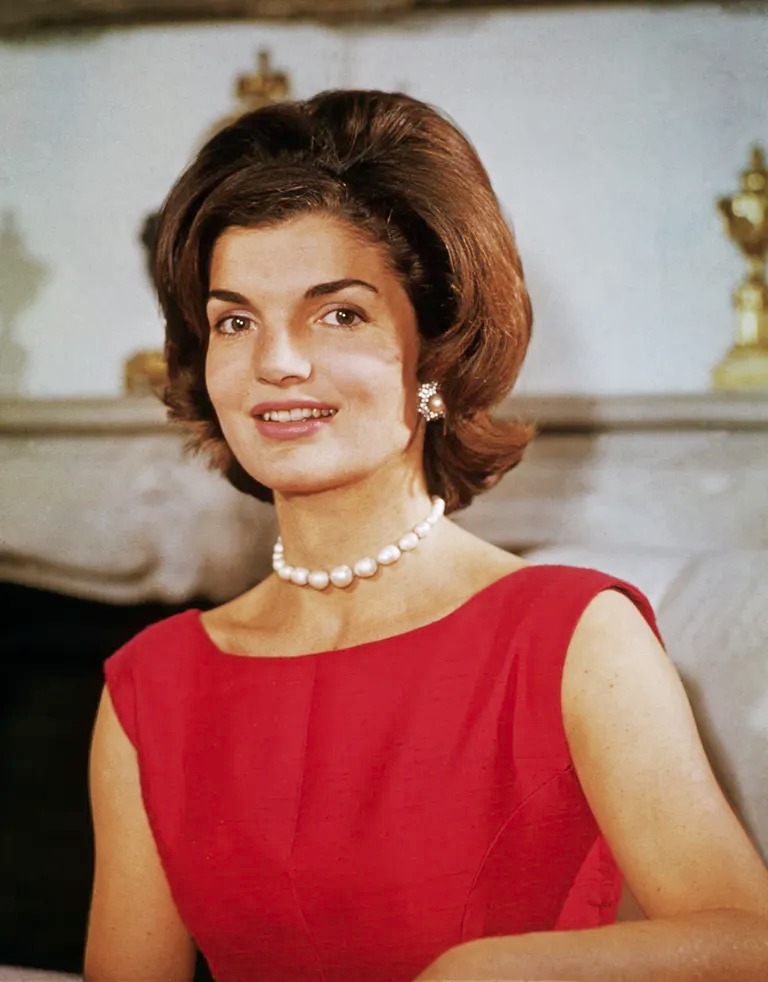
As First Lady, Jackie Kennedy’s perfectly coiffed bouffant with its immaculate volume and soft curls under became a symbol of American elegance and sophistication. This polished style—requiring significant styling and maintenance—represented the refined image she cultivated in her role as a cultural ambassador and style icon.
The structured yet feminine look featured volume at the crown that framed her face beautifully while maintaining a sense of decorum appropriate for her position. This 18-inch style represented a more polished approach than the freer styles she had worn in her youth and perfectly complemented her tailored suits and pillbox hats. Kennedy’s bouffant became so influential that salons across America were filled with women requesting “the Jackie.”
Audrey Hepburn’s Elegant Chignon
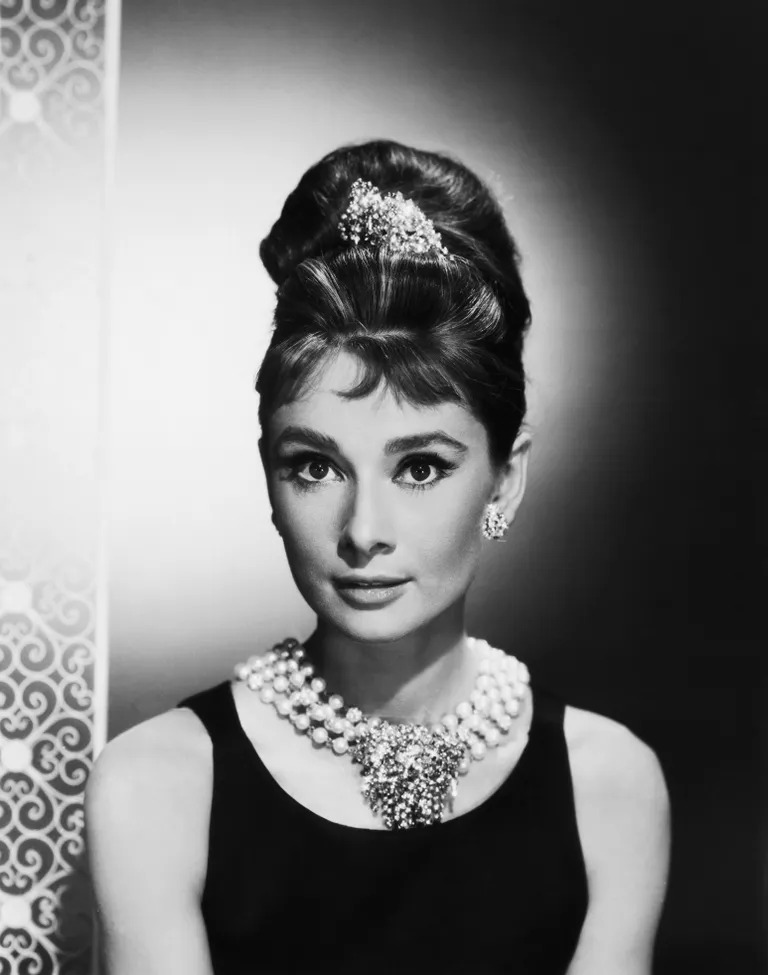
Audrey Hepburn’s elaborate updo in “Breakfast at Tiffany’s” created one of cinema’s most enduring hair moments. The sophisticated style featured a massive hairpiece arranged in a high chignon, combined with a tiara-like accessory and those daring micro-bangs that framed her delicate features perfectly.
This elaborate style was the work of renowned hairstylist Pearl Porterfield, who created a look that balanced elegance with just enough whimsy to suit Holly Golightly’s character. The style required significant structure and support, including a substantial hairpiece to achieve its impressive height and volume. That Hepburn could make such an elaborate construction seem effortless speaks to her incredible grace and the perfect harmony between the actress and this iconic style.
Farrah Fawcett’s Feathered Phenomenon
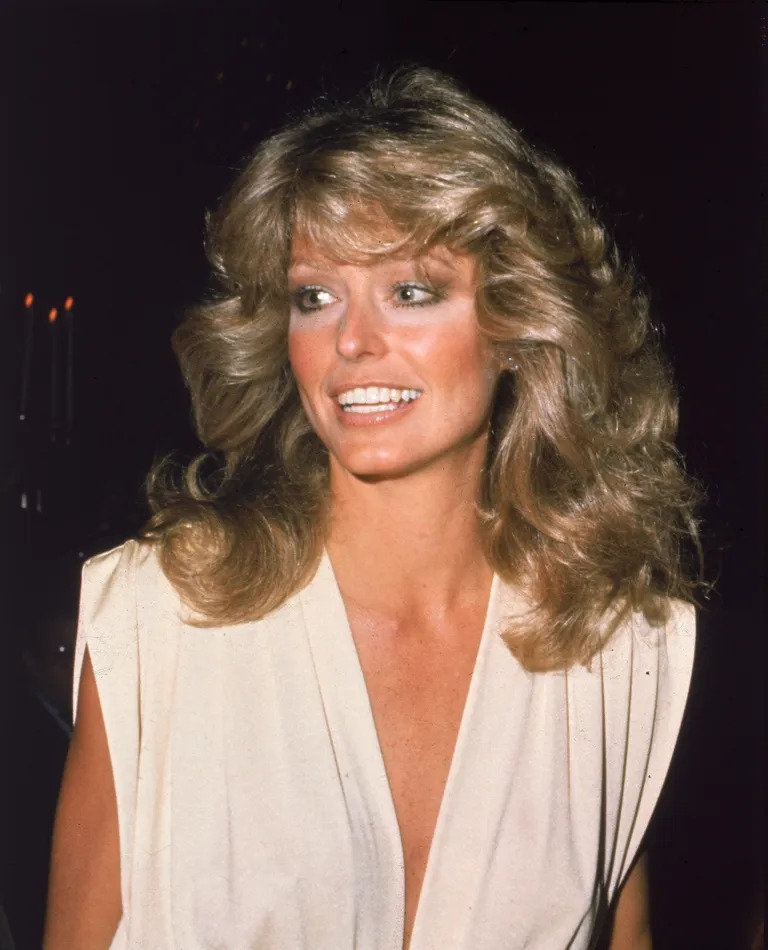
No hairstyle defined the 1970s quite like Farrah Fawcett’s feathered layers. The Charlie’s Angels star’s sun-kissed blonde mane with its perfectly flipped layers and face-framing wings became the most requested salon look of the decade. This voluminous, movement-filled style captured the free-spirited essence of the era while maintaining a glamorous polish.
Created by hairstylist Allen Edwards, the layered cut featured shorter pieces around the face that “feathered” back when blow-dried with a round brush. The resulting 20-inch style had incredible movement and bounce that looked fantastic on camera, especially when Fawcett tossed her head. Despite appearing on just one season of Charlie’s Angels, this signature look became so iconic that it continues to influence hair trends decades later.
Elvis Presley’s Rebellious Pompadour
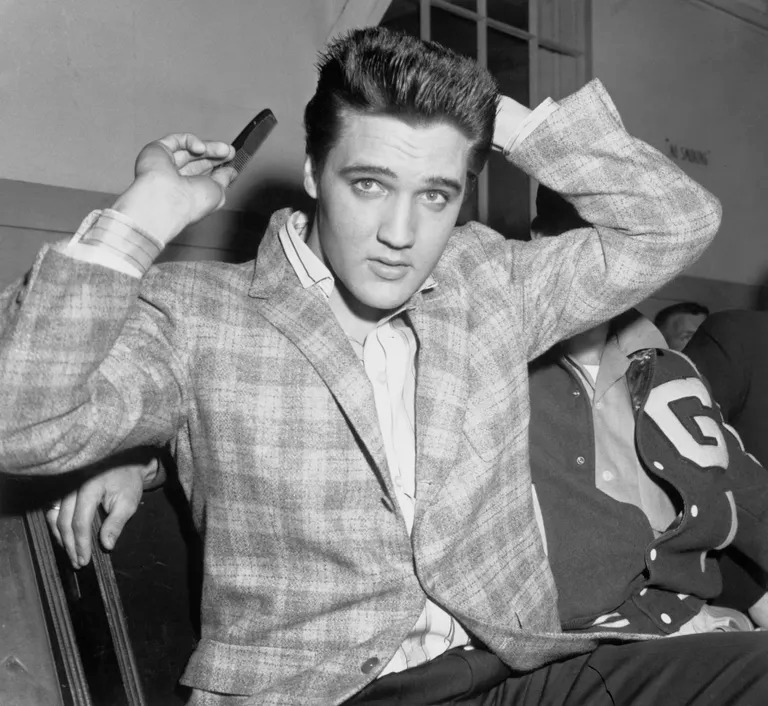
Elvis Presley’s signature pompadour with its impressive height and slicked-back sides became as recognizable as his music. While he didn’t invent the style, Presley certainly popularized it, creating a look that perfectly complemented his rebellious musical persona and energetic performances. The contrast between the voluminous top and closely cropped sides created a distinctive silhouette that became inseparable from his image.
Presley maintained the jet-black color with dye (his natural color was sandy blonde) and used a combination of wax and gel to create the style’s signature structure and shine. This density helped establish the pompadour as a symbol of youthful rebellion and created a template for rock-and-roll style that continues to influence fashion decades later.
Angela Davis’ Revolutionary Afro
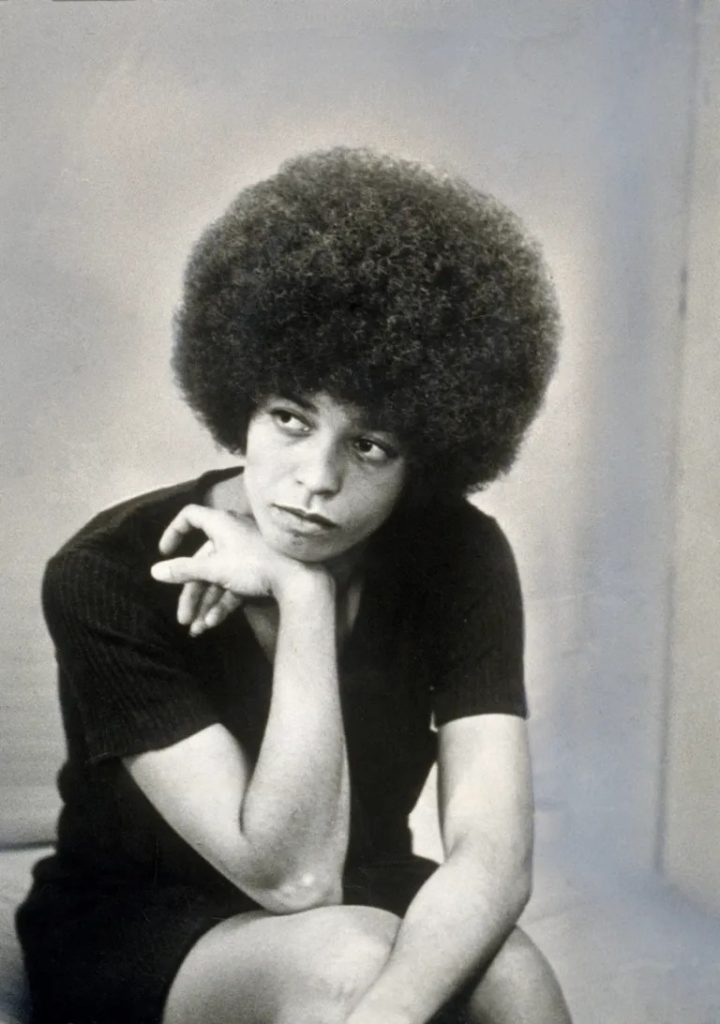
When civil rights activist and scholar Angela Davis wore her hair in a full, natural afro during the 1960s and ’70s, it was more than a style choice—it was a political statement. At a time when natural Black hair was still widely stigmatized and when afros were portrayed in mainstream media as “militant and threatening,” Davis’s embrace of her natural texture represented a rejection of Eurocentric beauty standards and an affirmation of Black identity and pride.
Her perfectly shaped afro with its impressive volume and circular silhouette became a powerful visual symbol of the Black Power movement. By wearing her natural hair with such confidence on such prominent platforms, Davis helped inspire countless others to embrace their natural texture during a pivotal moment in the ongoing struggle for civil rights and representation.
Diana Ross’ Voluminous Curls
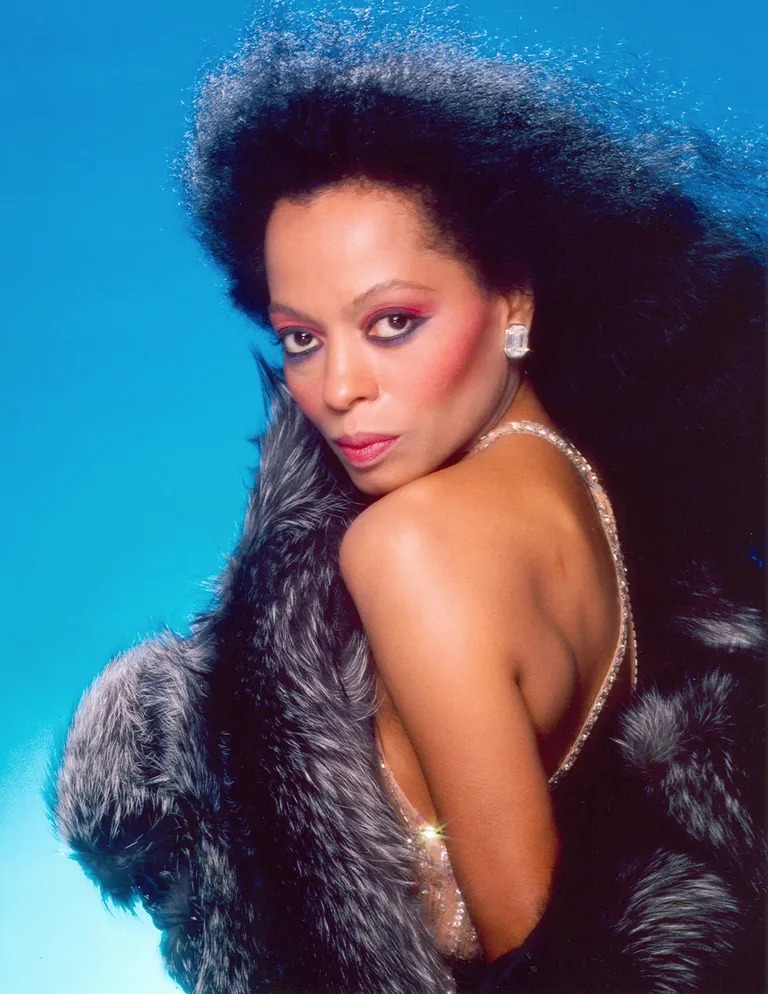
Diana Ross’s hair evolution mirrors her remarkable career trajectory. In her early years with The Supremes, she maintained a structured bouffant bob that fit the group’s polished image. However, as her solo career flourished in the 1970s and ’80s, Ross embraced increasingly voluminous, natural-looking curls that became her signature.
Her magnificent 22-inch mane with its impressive circumference and beautiful texture became an essential element of her glamorous stage presence. The transition from the more controlled styles of her early career to the celebration of volume and texture in her solo years paralleled broader social movements embracing natural Black beauty. Ross’s luxurious curls became an integral part of her iconic image and continue to inspire hair enthusiasts seeking drama and dimension.
“The Rachel” Phenomenon
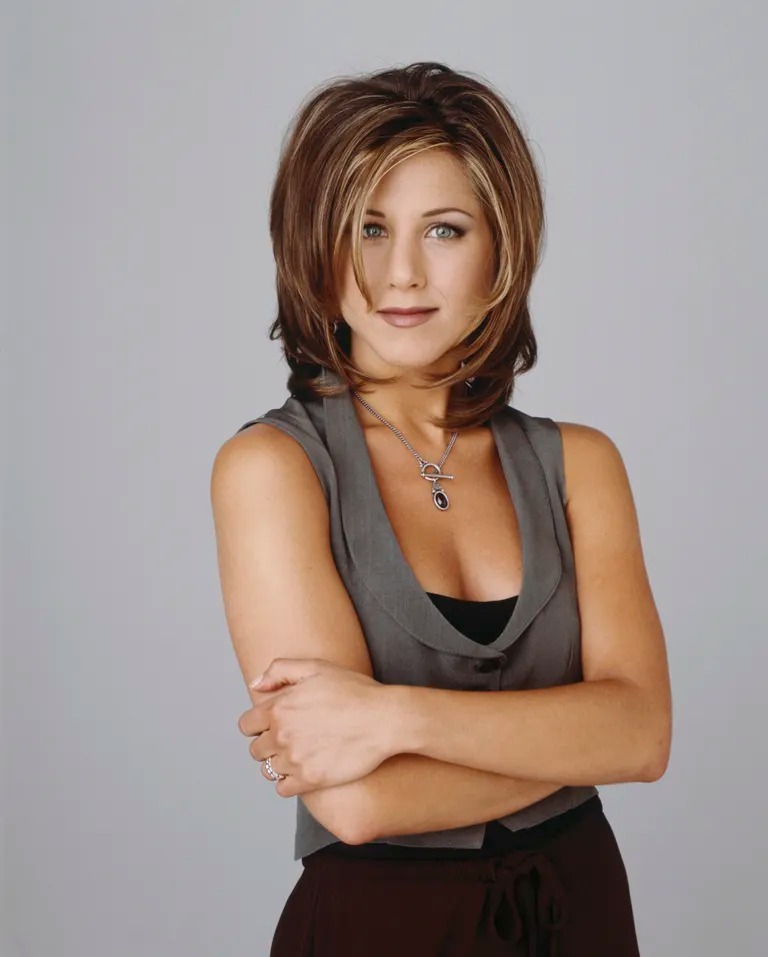
Jennifer Aniston’s layered, highlighted cut as Rachel Green on “Friends” became arguably the most requested hairstyle of the 1990s. Created by stylist Chris McMillan, “The Rachel” featured face-framing layers, distinctive highlights, and a bouncy, voluminous finish that looked effortlessly chic on screen. The style’s massive popularity demonstrated television’s growing influence on beauty trends.
Ironically, despite creating a cultural phenomenon, Aniston herself has admitted she struggled to maintain the style and didn’t particularly like it. The cut required significant styling expertise to recreate at home, leading many women to discover that what looked effortless on screen required considerable effort in real life. Nevertheless, this 24-inch layered masterpiece remains one of television’s most influential beauty moments and continues to inspire modern interpretations of layered, face-framing cuts.
Halle Berry’s Perfect Pixie
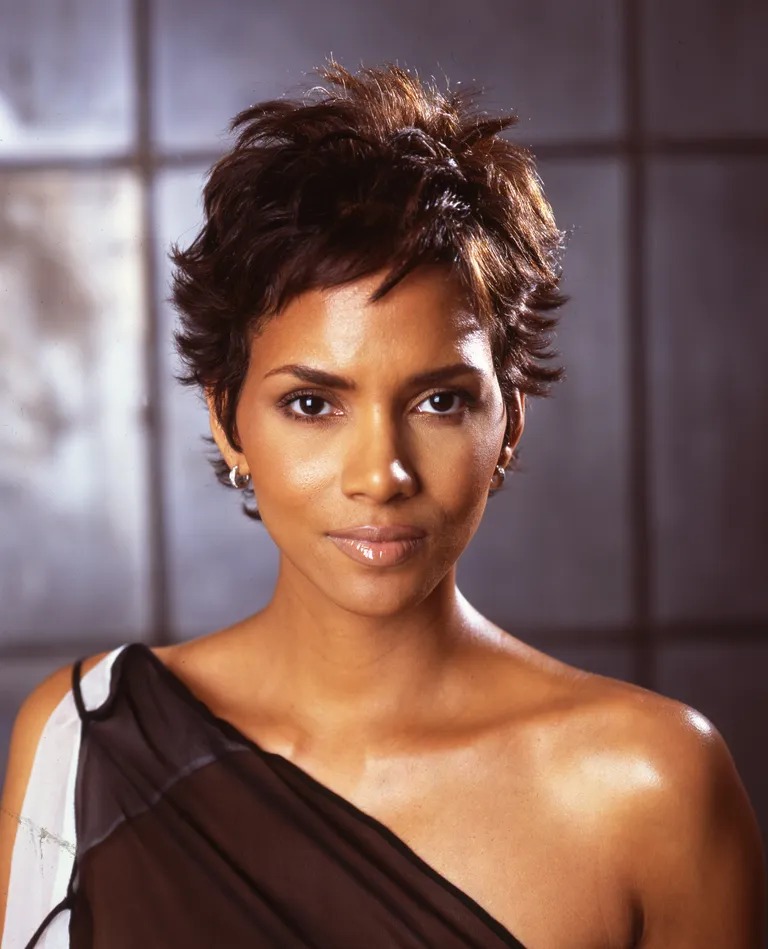
Few celebrities have become as closely associated with short hair as Halle Berry. Her signature pixie cut, with its textured top and closely cropped sides, perfectly complements her delicate features and showcases her bone structure. This precision cut requires impeccable proportions to balance sophistication with playfulness—a balance Berry’s various short styles have consistently achieved.
Berry has experimented with different variations of short hair throughout her career—sometimes more closely cropped, sometimes with more texture on top—but the pixie has remained her signature. This density transformed short hair from a practical choice to a glamorous statement, proving that femininity isn’t defined by hair length. Her iconic pixie has inspired countless women to embrace shorter styles and continues to represent the epitome of elegant, low-maintenance sophistication.
Marilyn Monroe’s Platinum Perfection

Perhaps no hair color is more iconically associated with a single person than Marilyn Monroe’s platinum blonde. The bright, butter-blonde shade became her signature after she dyed her naturally brunette hair in 1948 at the suggestion of her agent. This transformative choice helped create the bombshell image that would make her a legend.
Monroe’s perfectly coiffed curls, usually styled in a soft bob or shoulder-length waves, created a halo effect that enhanced her luminous screen presence. The maintenance of this color required weekly appointments and careful toning to prevent brassiness—a dedication to the platinum blonde that helped establish it as the ultimate symbol of Hollywood glamour. This signature shade has been so closely associated with Monroe that it continues to be referenced as “Marilyn blonde” decades after her passing.
Jennifer Lopez’s Honey Highlights

While not included in the original article, no discussion of iconic celebrity hair would be complete without mentioning Jennifer Lopez’s signature honey-highlighted locks. Her multi-dimensional 26-inch caramel and golden tones revolutionized highlighting techniques and created the template for what became known as “J.Lo glow” – a warm, radiant approach to hair color that complemented her complexion perfectly.
Pioneered by her longtime colorist Tracey Cunningham, this technique of blending multiple warm tones created depth and dimension that moved beautifully on camera and in natural light. The style typically features a darker base with progressively lighter pieces toward the face, creating a naturally sun-kissed effect. This signature look has inspired countless women to embrace warmer highlights and has helped establish Lopez as a beauty icon across multiple decades.
Beyoncé’s Honey Blonde Transformation

Another notable addition to our iconic hair moments is Beyoncé’s evolution to her signature honey blonde. While she has experimented with many styles, her transition from darker hair to warm blonde represented a significant transformation in her career and public image. The multi-dimensional color, featuring darker roots with progressively lighter ends, creates movement and dimension that complements her performances perfectly.
This 28-inch signature look, often styled in voluminous waves or sleek straight styles, has become an essential part of her visual identity. The warmth of the color harmonizes beautifully with her skin tone while the lighter pieces around her face create a spotlight effect that enhances her features on stage. This transformative color choice has influenced countless women to explore warmer blonde tones and embrace dimensional color techniques.
In Conclusion: The Power of Signature Hair
These iconic hair moments demonstrate how a signature style can transcend mere fashion to become an essential part of a celebrity’s identity and cultural impact. From rebellious statements to glamorous transformations, these hairstyles have influenced generations of fans and continue to inspire contemporary looks.
What makes these styles truly iconic isn’t just their aesthetic appeal but also what they represented—personal journeys, artistic expressions, cultural statements, and moments of transformation. Whether through color, cut, or styling innovations, these signature looks have earned their place in beauty history and continue to be referenced and reimagined by new generations of hair stylists and fashion enthusiasts.
The enduring power of these iconic styles reminds us that great hair is more than just a superficial choice—it can be an powerful form of self-expression, a political statement, or a transformative act of personal reinvention.
For more inspiration and hair care advice, explore our hair care blog or discover how to achieve your own signature style with our range of premium hair extensions.








